It is no surprise that the average snowmobile rider is a thrill seeker always looking for the next adventure. We live for the powder and the adrenaline pumping through our veins, as we shred through rugged terrain at insane speeds.
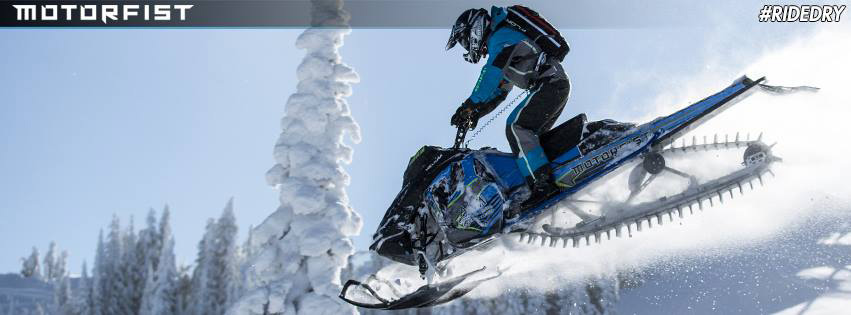
Though, apart from the general snowmobile experience is an entirely different beast: backcountry snowmobiling. Backcountry is defined as a geographical area that is remote, undeveloped, isolated, or difficult to access i.e., the wilderness.
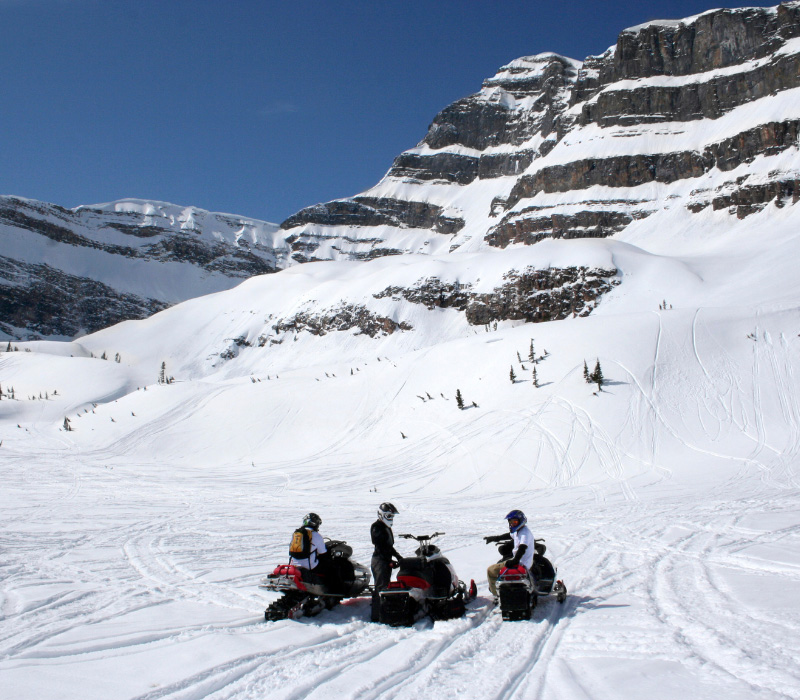
Backcountry snowmobiling offers more freedom and access to terrain like mountain ranges but at an increased risk. With the added independence comes increased exposure to extreme conditions and dangerous terrain. If more freedom, wilderness, and pushing your snowmobiling expertise to the limits sounds like it is up your alley, you are likely ready to dive into the world of backcountry snowmobiling. Luckily, you have come to the right place.

Below we outline everything you need to know about backcountry snowmobiling organized by gear, general tips, and safety gear. Including avalanche knowledge that you will need under your belt before you are ready to shred the backcountry.
*Disclaimer: If you are new to backcountry snowmobiling or deep powder snowmobiling, you need to be aware that it is entirely different from snowmobiling on a well-groomed or smooth terrain. Make sure you do your homework and understand the basics and proper techniques of freeing a stuck sled, how to sidehill, and familiarize yourself with the terrain you will be riding.
Planning
In the beginning stages of planning the location of your trip,
- check the traveler rating and Tripadvisor for the area
- Park City, Utah is a great place to start your research
- Determine if you want a self-guided experience or a snowmobile tour
- Weigh the pros and cons of booking snowmobile tours
If you decide on self-guided with your group vs. using tour guides check-in with any available expert guides. Ask detailed questions about the terrain particularly if you will be riding on backcountry mountains.

Note that unless you are on a snowmobile tour that provides snowmobiles, the first and most obvious item you will need to consider for a backcountry snowmobiling trip is your snowmobile.
Consult with a professional to ensure that your snowmobile was built to withstand backcountry snowmobiling and extreme conditions. You will also want to make sure that it is calibrated and passes inspection. The last thing you want is for your sled to break down while in the middle of powder fields.
With your snowmobiles, pack more than enough fuel for all of the riders in your group as well as a backcountry print map, if available, with any avalanche details and a working GPS unit with the area’s GPS coordinates already uploaded to the device (pack extra batteries). Experts also recommend that you pack spark plugs and an extra drive belt.
Clothing
Next, you will need to consider how long you plan to be gone and plan accordingly. Similar to how you pack for a more routine snowmobiling trip, you will want to pack base, mid, and outer layers including a snowmobile jacket and pants, or a one-piece if you prefer that over jackets and pants, two pairs of gloves, base layer shirt and pants, mid-layer shirt and pants, a helmet, a helmet shield, two sets of goggles, two pairs of socks, boots, and a balaclava or face mask.
Remember to always avoid cotton, instead, look for synthetic fabrics and moisture-wicking.
MOTORFIST makes sure to only use the most superior technology in our gear. Check out our eVent, Primaloft, and BOA gear for optimal ventilation, functionality and durability.
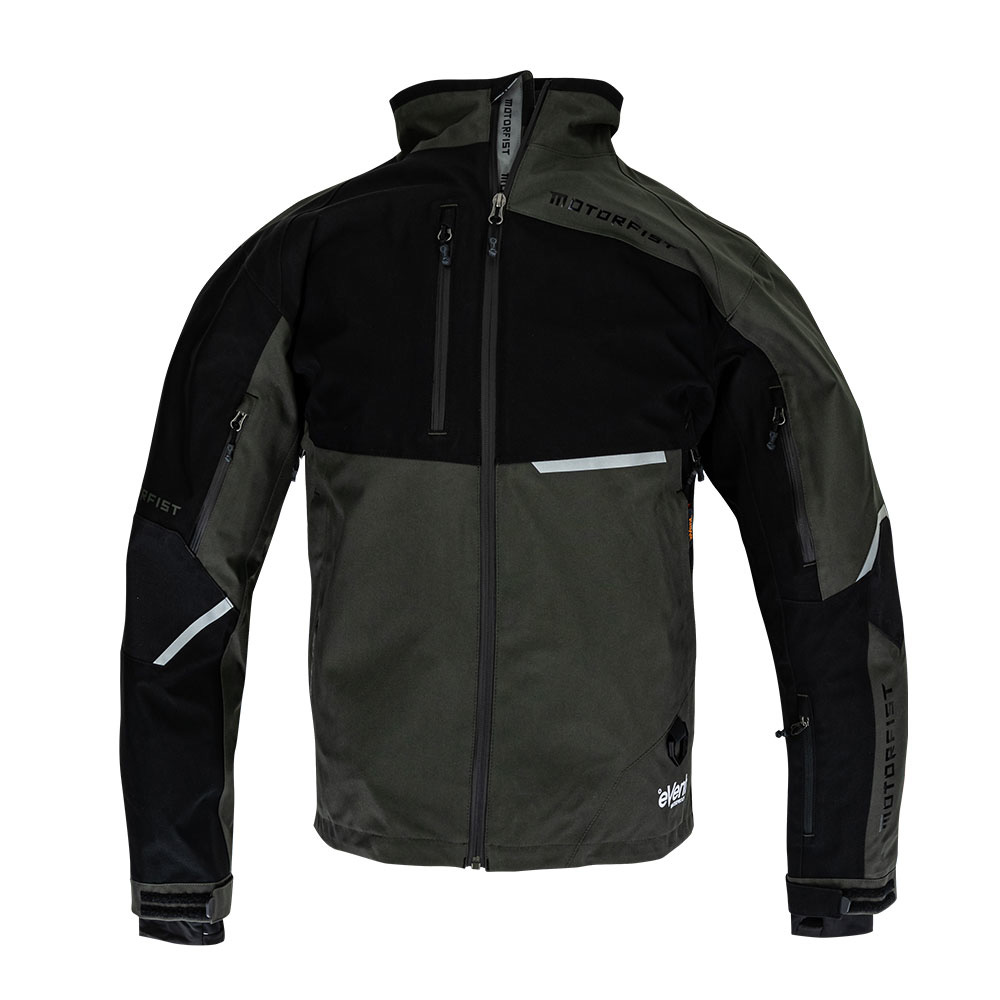
Get your Rekon X Jacket Today!
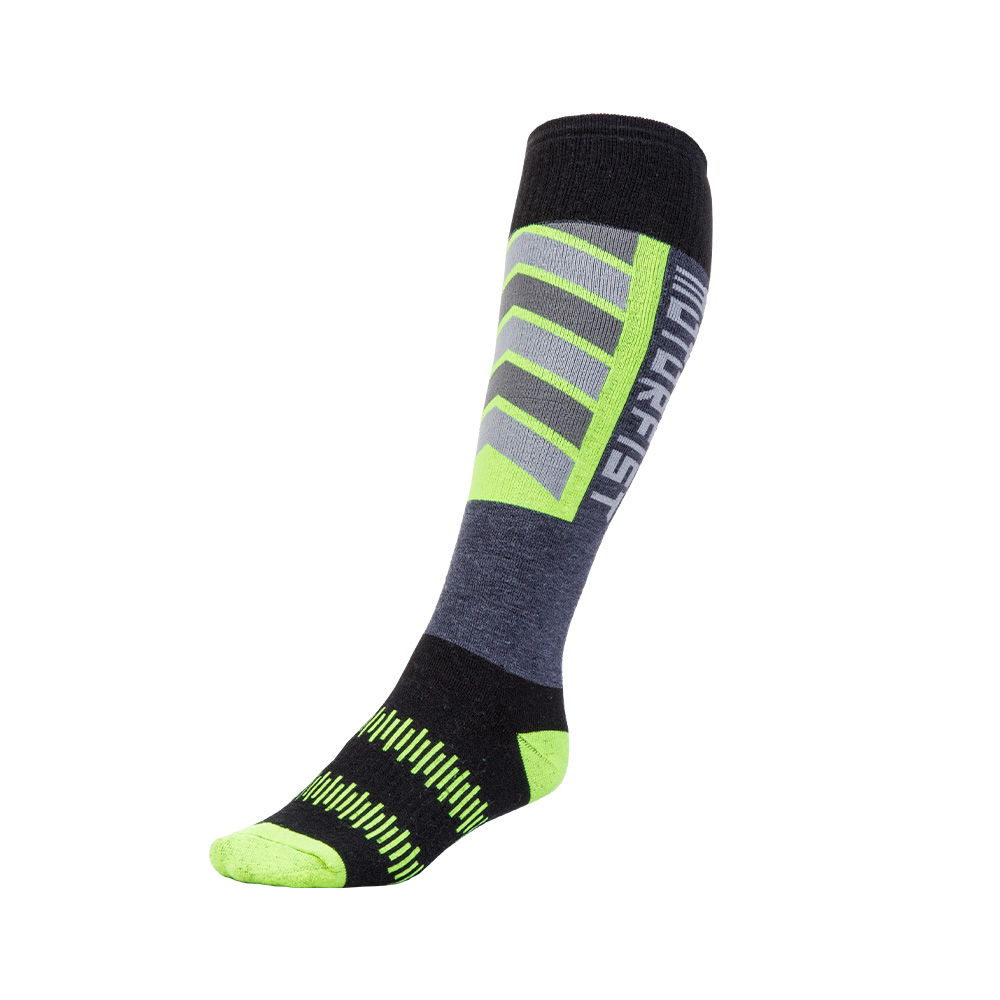
For a detailed list of how to properly layer for snowmobiling, see our post HERE.
Avalanche Safety Gear
Aside from the deep snow, dangerous weather conditions, and gnarly terrain, you will need to exert considerable caution to avoid avalanche routes. While you are riding, you need to be acutely aware of your surroundings, especially when your group is entering a new location.
- Look for slopes that include bent over or snapped trees and large cornices at the top of big hills. Both of these instances can be a good indicator of avalanche risk.
- Be aware of any temperature changes as rain and sun exposure can trigger avalanches.
- Lastly, note that most avalanches occur on steep slopes of 30-60 degrees, and make sure you never park under these slopes.
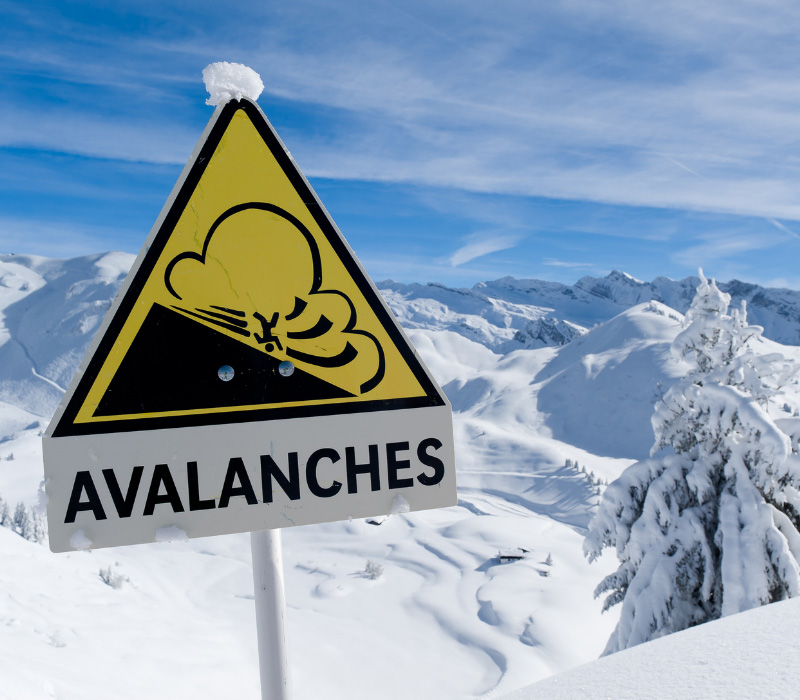
Concerning avalanche safety gear, experts advise that you always carry an avalanche transceiver. An avalanche transceiver is an electronic device that emits a radio signal that communicates with other signals in the area to pinpoint your exact location. Avalanche transceivers are a critical safety tool for all backcountry snowmobilers.
Carry a backpack with an airbag system.
We recommend the highly rated and Swiss-made Argo Avy Airbag Kit.
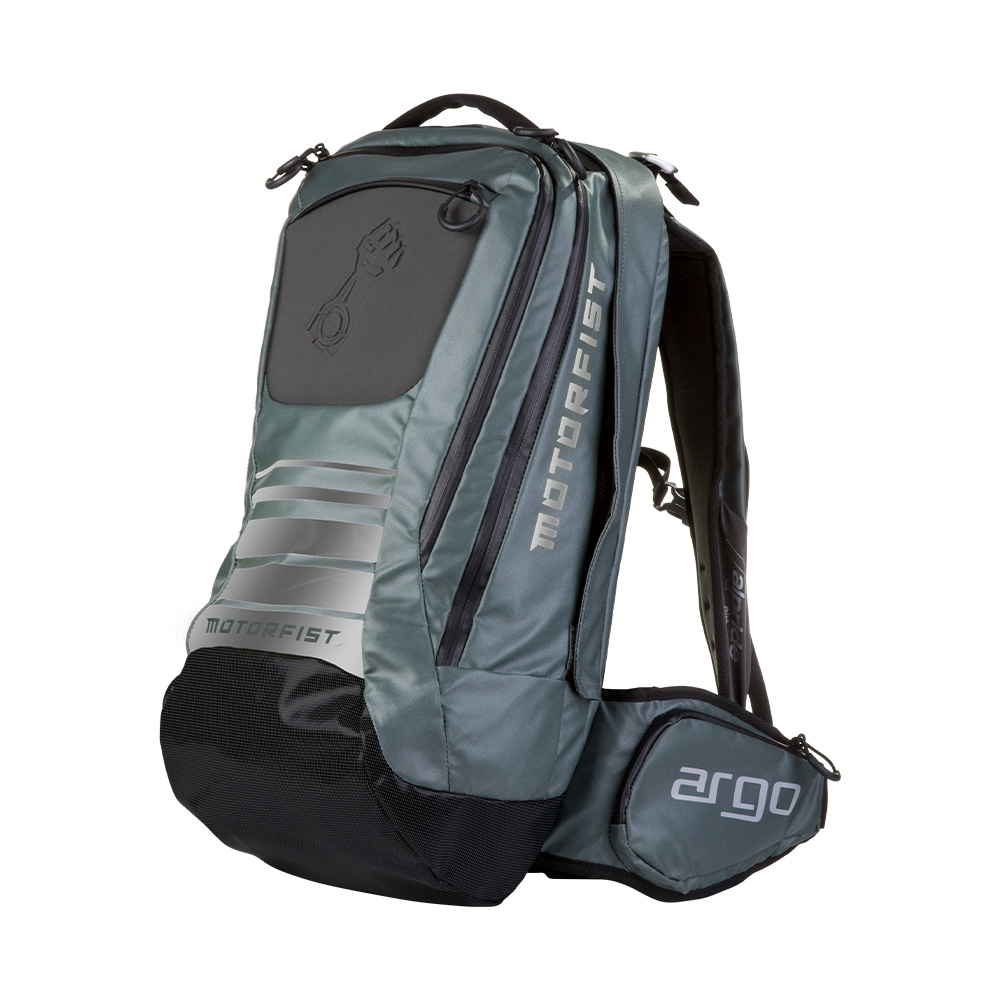
If caught in an avalanche, the Argo pack increases your chance of survival exponentially.
It is designed to protect your head/neck from trauma (one of the leading causes of death for avalanche victims) and deploys in a swift three seconds.
In your backpack, carry a shovel and probe as well as any emergency items you may need, like an extra pair of gloves, water, and snacks so they are easily accessible. Again, these tools could be the difference between escaping an avalanche alive and a life-altering injury.
To further minimize your risk of falling prey to an avalanche, take an avalanche awareness course. Classes are typically available online and budget-friendly. When possible, take an in-person course and always carry the proper equipment.
Survival Gear
Another risk of the backcountry is the chance that you will become stranded for hours or days while waiting on assistance.
As a precaution, you will need several additional items, not including the avalanche gear mentioned above to survive until found, including:
- snowshoes
- hand warmers
- fire starter
- towrope
- a space blanket
- an emergency radio
- headlamp
- a first-aid kit
- high-energy drinks
- nonperishable snacks
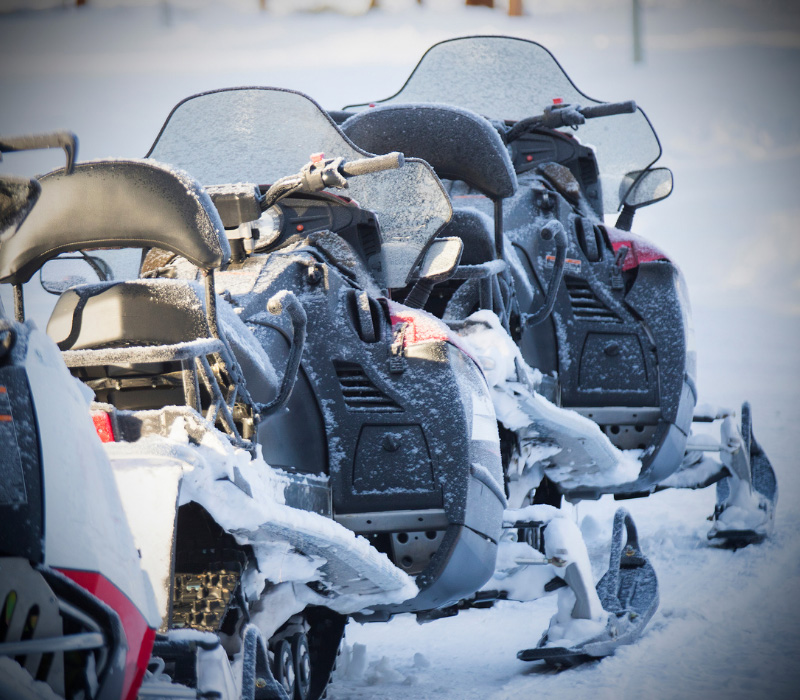
Take an inventory of your first-aid supply kit before your trip to ensure it has the necessary supplies like bandages, gauze, ointments, creams, painkillers, etc. Don’t forget to pack your routine prescription medications if you have any. For good measure, pack scissors and tweezers.
Get Ridin'
If you are feeling overwhelmed by the time you finish this post, take a deep breath, and remember that at the forefront of any new activity there is always a learning curve. With enough repetition and quality experience, you will be able to properly pack for any snowmobiling adventure with ease. And if you are an experienced rider maybe you picked up something new!
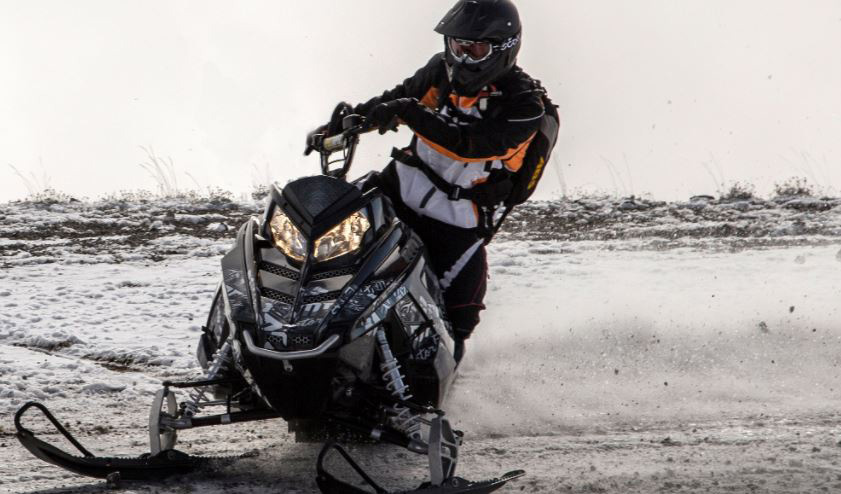
Remember that although snowmobiling is a fun and exhilarating sport, you must take the necessary precautions in order to remain safe.
As always, feel free to reach out to our team with any questions or concerns that you have for yourself or your family. We are more than happy to give you specific gear recommendations or walk you through the process of packing for the trip.
We look forward to hearing from you!
